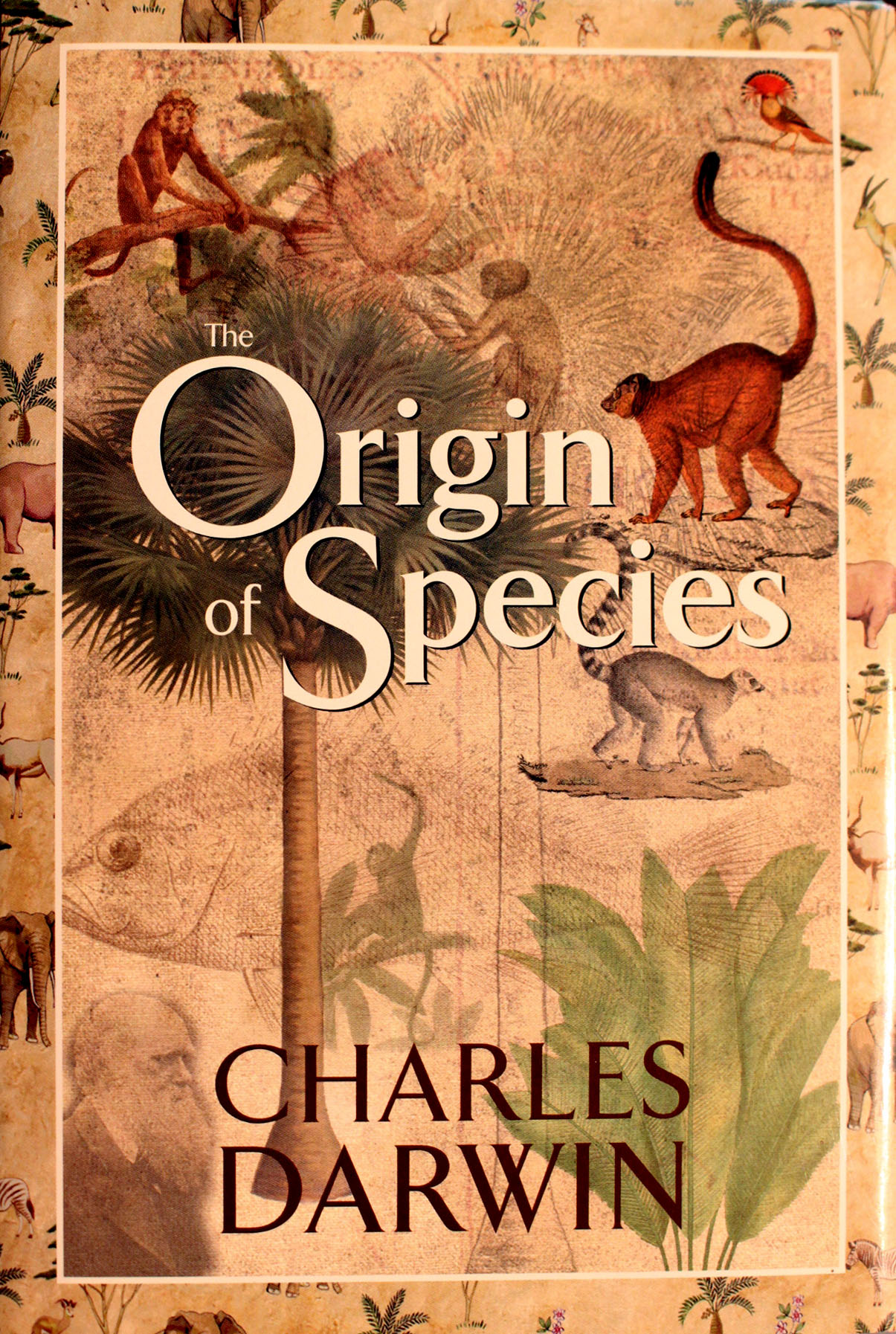

The "branches" aid biologists in determining the point at which various species are connected, allowing them to trace later species back to an initial parent species. As a result of continuous change and divergence, a branching evolutionary scheme emerges, in which new species continuously branch out from old ones.Beneficial variants are naturally selected and passed down across generations, resulting in creatures with these favorable variations diverging from the original species and eventually forming their species.Natural selection is the mechanism that leads to Darwin's phrase for evolution, "descent with modification." Organisms will continue to produce offspring with differences, some of which are beneficial and others are not.At the same time, those that lack these favorable adaptations will lose the battle for survival and go extinct.

Natural selection will eventually allow species most adapted to their habitats to live and thrive.These favorable mutations will be handed down to the progeny of the organisms through inheritance. So, what determines which species will survive and which will perish? This is when "natural selection" enters the picture.ĭarwin claims that creatures with "advantageous variations"-variations that enable them to adapt to their environment more effectively than other species-are more likely to survive. Darwin contends that the prospect of endless population expansion is prevented by the boundaries of geography and natural resources, which will not allow an infinite number of creatures to exist, based on Thomas Malthus's premise of exponential population growth.ĭue to scarcity of food, water, shelter, and other resources, species must participate in a "fight for life," resulting in survival competition.

Natural selection is an important part of Darwin's theory because it explains the link between variety and species progression. His theory of evolution describes how changes in the environment lead to the emergence of new species. He presents various instances of variations that demonstrate the amazing adaptations that allow animals to live in their native settings, such as the woodpecker's beak for gathering insects, the bat's wings for flying, the porpoise's paddles for swimming, and so on.ĭarwin theorizes that minute changes within a single species, such as differences in organism size, form, and color, are connected to more significant variances found between species. What matters to Darwin about these variances is how they enable species to adapt and thrive in the natural environment.
Origin of species android#
Check out awesome, educational VR rooms on Inspirit's mobile app (available for iOS and Android devices)🤩 Introduction:


 0 kommentar(er)
0 kommentar(er)
